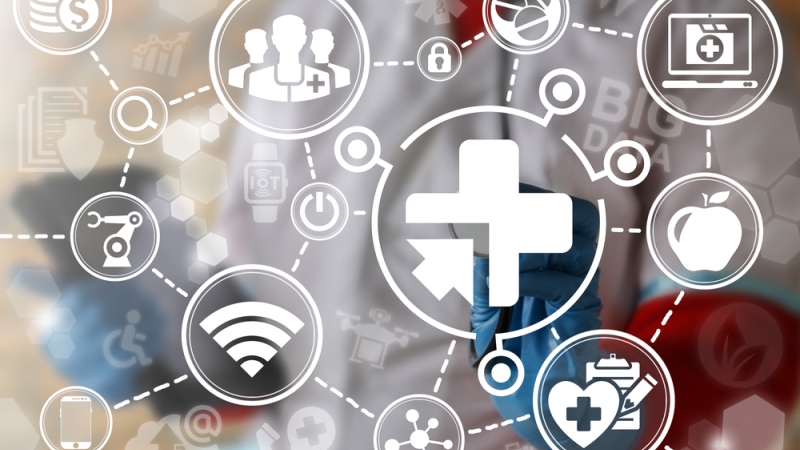
The U.S. Army Institute of Surgical Research (USAISR) is partnering with two private medical research centers to develop a portable tool using machine learning technology that allows soldiers – even those without a medical background – to assess and treat burn wounds on the battlefield.
In a Notice of Intent, posted to SAM.gov, USAISR agreed to work with the Beckman Laser Institute and Medical Clinic at the University of California at Irvine to research how to leverage machine learning algorithms in conjunction with a combination of imaging techniques, specifically Spatial Frequency Domain Imaging (SFDI) and Laser Speckle Imaging (LSI) systems to assess the severity of burn wounds.
The goal is to develop a new set of multivariate or machine learning algorithms to assess burn severity and burn surface area using data collected from SFDI and LSI systems.
According to the notice, there is a critical unmet need for far-forward triage and monitoring tools that enhance battlefield diagnostics for burn wounds by non-burn experts. While burns, particularly in their early stages, are dynamic and often evolving, they are influenced by the presence of one or more secondary conditions, either medical or environmental.
“Thus, there is an unmet need for a portable, non-contact, compact, easy-to-use, devices/algorithms that can rapidly, and objectively classify burn severity in the hands of non-expert personnel at the point of injury,” the notice says.
The project is divided into two years. Within the first year, the device is expected to perform a detailed analysis of the wound from image data collection and accurately measure spatial frequencies of biological components used to build a burn severity map of the injury. And by the second year, the device is expected to comfortably run on machine learning algorithms to output burn depth and the total body surface area of a burn from imaging data. It would also report a burn’s depth on the body and account for when the burn composes over 20 percent of body surface area.
